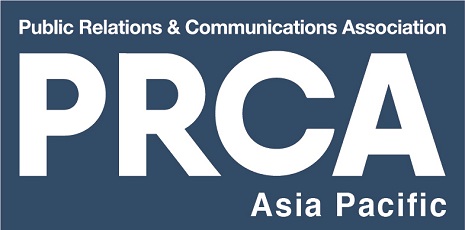Tips For Thai Companies On Engaging An Audience In Vietnam

With recent major inroads by SCC, Nawaplastic Industries, and TCC Holdings, Thai companies continue to ride a wave of investment in Vietnam by expanding sales of Thai products and mergers and acquisitions of Vietnamese companies. However, they may find some surprises among the Vietnamese market. Here are a few things Thai businesses should know about their new Vietnamese customers:
- Social media is the same, but different
Like Thailand, Vietnam has a large and growing online population, with 55 million people online and approximately 40% of them active on social media. The latter are concentrated in the younger demographics, which are a greater force in relatively young Vietnam (median age 30.5) compared to aging Thailand (median age 37.7). Whether it’s a matter of this age discrepancy or cultural factors, Vietnam’s social media presence is its own thing.
Sure, Facebook is still king, used for everything from advertising to event sharing to fan pages. But Line, while ubiquitous in Thailand, is niche in Vietnam with a penetration of merely 6%. Among chat apps, Japan’s Viber and Vietnam’s homegrown Zalo fare better, especially in suburban and rural markets, since it offers an all-Vietnamese interface and services catered to Vietnamese interests and needs. Other global platforms that are huge in Thailand, particularly Instagram and Twitter, have far less clout in Vietnam.
- Cash is King
Compared to other countries in Asia, Vietnamese are not big fans of keeping their money on a card, and most purchases are still handled in cash. The trendiest form of online shopping involves ordering products from local Facebook groups, which are shipped by courier and paid for at the door. This means that efforts to offer cash services will be rewarded, while those who fail to implement them may be punished. For a restaurant or hotel, requiring a credit card to book reservations means losing out on customers. And for online sales, COD should always be an option.
The consequences of not meeting this need must be evident to the ride service Uber, which initially relied on its standard credit card and bank transfer payments. Vietnam was the second place in the world where it rolled out cash payments (after India), but by then it may have been too late to catch up, and Uber ultimately ceded the market to its cash-friendly competitor, Grab.
- The attention you need will cost you
As a result of low salaries among Vietnamese journalists, some measure of “media taken” (direct payment or gift) is expected in return for coverage. This also means you’ll have to work a little harder for consumers’ trust, and you’re better off reaching out to more established media with reputations to maintain.
Traditional outlets like Tuoi Tre and Thanh Nien are solid choices, but digital news media may be even more important. Most young Vietnamese get their news online from sites like VnExpress, Zing.vn, and 24h, which are all three among Vietnam’s top 10 visited sites.
By Derek Wells, an International Relations Associate and Copywriter at EloQ Communications (formerly Vero IMC Vietnam), and Clāra Ly-Le, Managing Director of EloQ Communications. This article was originally posted on EloQ’s blog. For more information on EloQ Communications, please visit www.eloqasia.com.


